Optimal Timing for Waterproofing Projects
Proper timing for waterproofing projects ensures optimal results and longevity. The most suitable periods typically depend on weather conditions, temperature, and humidity levels. Planning during dry and mild seasons can prevent delays and ensure effective application of waterproofing materials.
Spring offers moderate temperatures and less precipitation, making it ideal for waterproofing projects. It allows sufficient curing time before summer heat or winter cold.
Summer provides warm weather, but high humidity and frequent rain can hinder application. Early summer is preferable for outdoor waterproofing tasks.
Fall's cooler temperatures and dry conditions make it suitable for waterproofing, especially before winter sets in.
Winter is generally not recommended due to freezing temperatures and snow, which can compromise waterproofing materials and their adhesion.
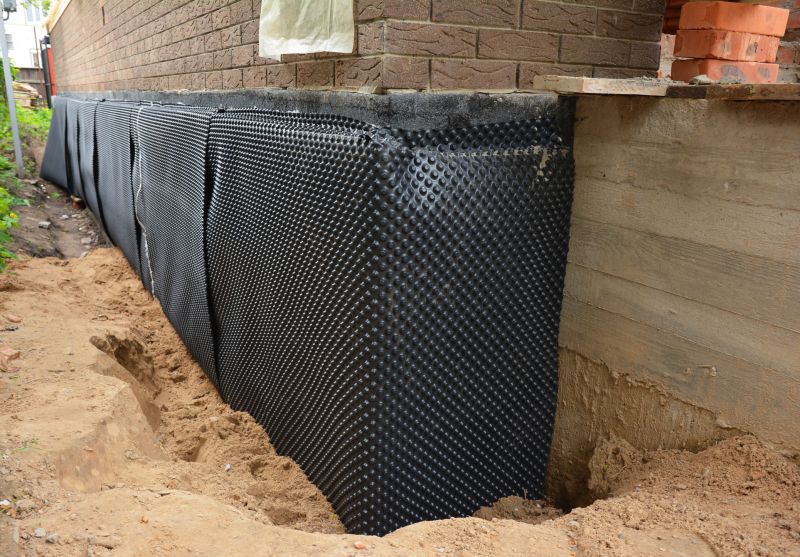
Spring is an optimal time for waterproofing projects due to favorable weather conditions.
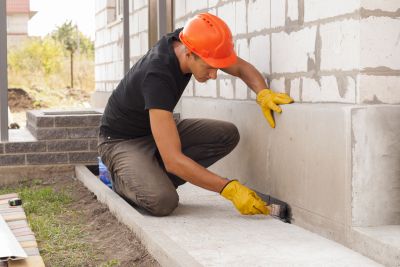
Summer requires careful scheduling to avoid high humidity and rain interference.
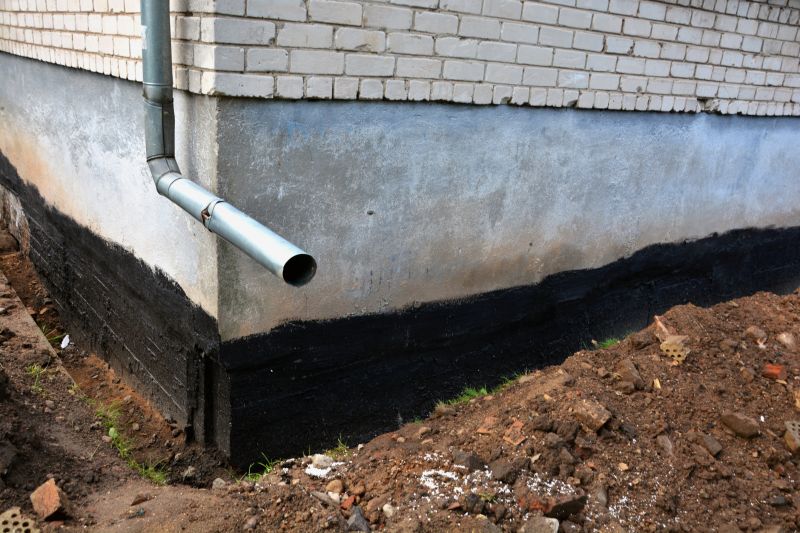
Fall allows for effective waterproofing before winter cold and snow.
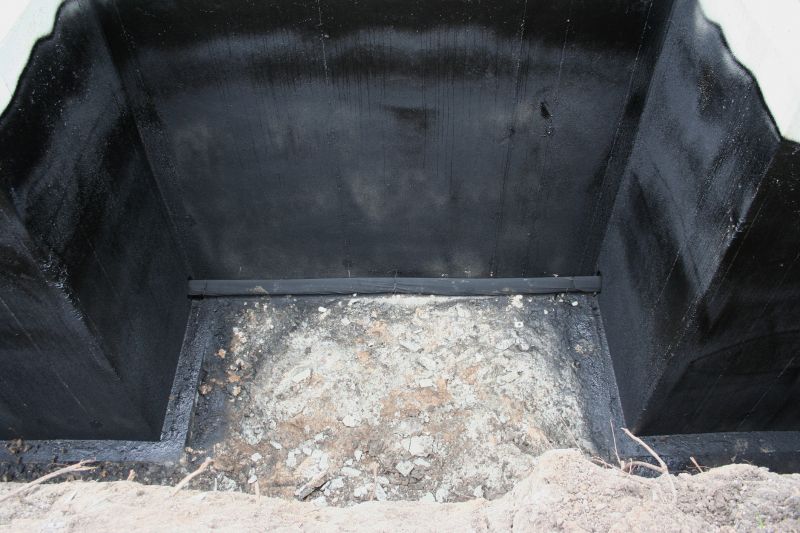
Ways to make Waterproofings work in tight or awkward layouts.

Popular materials for Waterproofings and why they hold up over time.
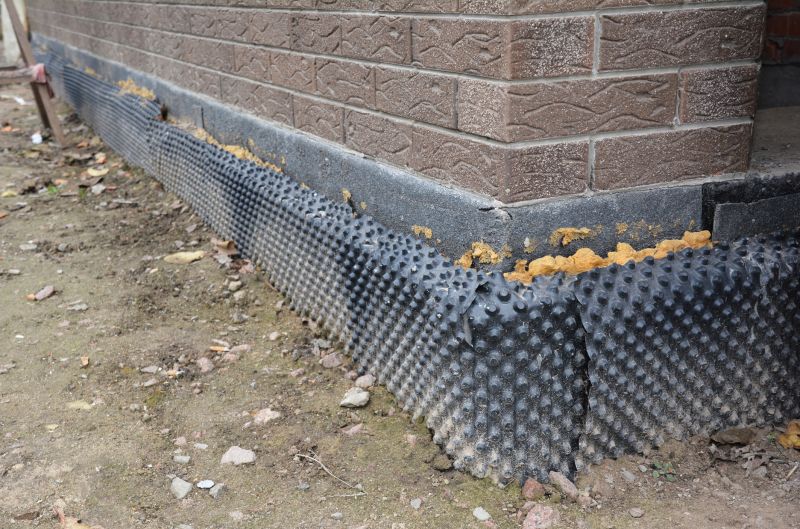
Simple add-ons that improve Waterproofings without blowing the budget.
| Season | Optimal Conditions |
|---|---|
| Spring | Dry, mild temperatures, low humidity |
| Summer | Warm weather, avoid peak heat and rain |
| Fall | Cool, dry conditions, before winter |
| Winter | Not recommended due to freezing temperatures |
Waterproofings are essential for protecting structures from water intrusion, which can lead to structural damage, mold growth, and increased maintenance costs. Effective waterproofing involves applying specialized membranes, coatings, or sealants that prevent water penetration. Proper timing ensures these materials cure correctly and adhere effectively, maximizing their lifespan.
Statistics indicate that waterproofing can extend the lifespan of building components by several years, reducing long-term repair expenses. In regions with seasonal weather variations, scheduling waterproofing during optimal periods can significantly improve performance and durability.
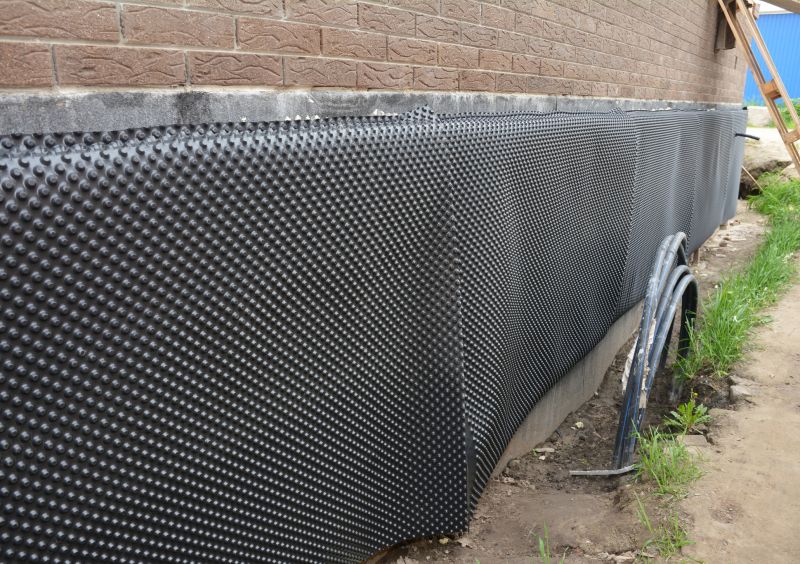
Various materials are used depending on application and environment, including membranes, coatings, and sealants.
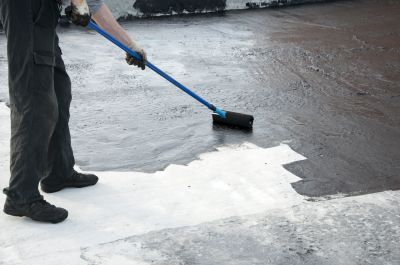
Proper surface preparation and application techniques are critical for effective waterproofing.
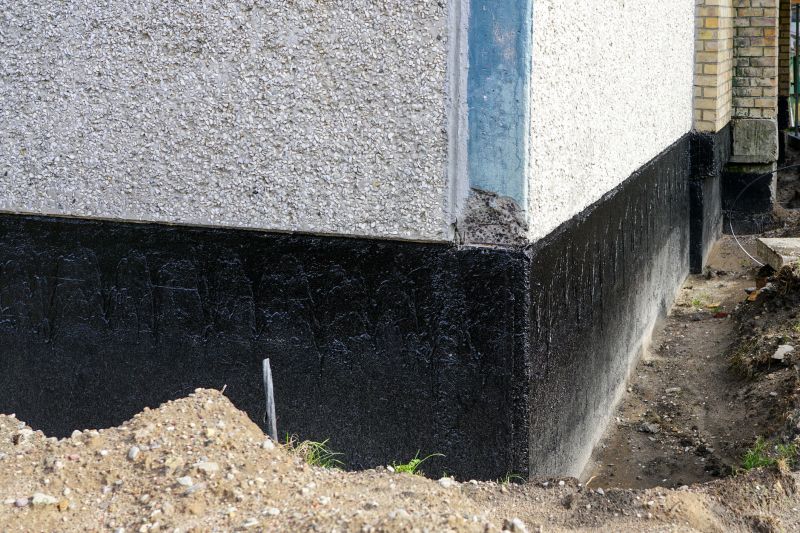
Visual evidence of waterproofing being applied to different structures.

Showcases completed waterproofing installations with durable results.
Interested in waterproofing services? Contact for more information or to schedule a consultation. Proper timing and application are key to ensuring long-lasting protection against water damage.

